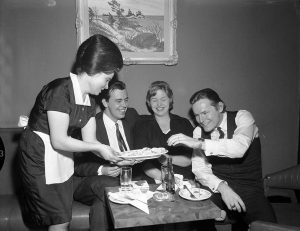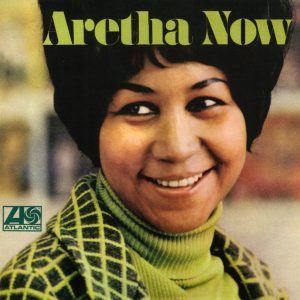By Walter Weinschenk
This is Part 1 of a two-part feature. Part 2 will post on Friday. Above is “Black Magic Woman” and below is “Albatross.”
America rediscovered its own blues legacy during the course of the 1960s through recordings and performances of musicians born, raised and inspired far from American shores. These musicians were young and they were British. They became true blues apostles soon after their exposure to blues rhythms, melodies and lyrics and it was not long before America was reintroduced to its own music through the recordings and performances of blues messengers from across the Atlantic.Jazz and blues had always been accepted in the UK and the sounds of war era jazz, swing, boogie woogie and American rhythm and blues had audiences and adherents throughout Britain. The blues converts who came of age during the early 1960s discovered the music in the record collections of their parents, the record shops of London and in local clubs and dancehalls. Young people were attracted to the blues because it was both familiar and exotic: There was something understandable and real within its words and melody. The new devotees turned away from skiffle and rock and roll and pursued the blues, adopted it as their own and infused it with new ideas and energy. They fixated upon the recordings of Slim Harpo and Freddy King, they absorbed the Chicago style of blues masters Muddy Waters and Willie Dixon and they studied the older music of blues pioneers Charley Patton, Robert Johnson and others. Though they altered the music in certain ways, these young blues musicians and aficionados remained loyal to its fundamental form and sought connection to blues traditions that had developed in the States years earlier. Jeff Beck, Jimmy Page, Eric Clapton, John Mayall, Keith Richards, Mick Taylor – and an American living in England by the name of Jimi Hendrix – were a few players among the great mass of musicians who turned up the volume and journeyed west to play and sing the blues in the place of its birth.
Peter Green was one of those blues emissaries. Green became the focus of attention once John Mayall had chosen him to take the place of Eric Clapton as lead guitarist in Mayall’s group, the Blues Breakers. Clapton had left Mayall in order to form Cream, a blues rock super-group. Green made his debut with the Blues Breakers on the album “A Hard Road” and immediately produced a classic entitled “The Supernatural,” an inspired electric dirge through which Green demonstrated a masterful and innovative use of tone, feedback and single notes played slowly and bent to the limit.
The song was a premonition of other great things to come. Soon after the release of the Blues Breakers album, Green followed Clapton’s lead and left Mayall to form his own blues group which he named Fleetwood Mac. The group, circa 1967, highlighted Green’s talent as well as that of guitarist Jeremy Spencer and Blues Breakers alumni Mick Fleetwood (drums) and John McVie (bass). Danny Kirwan, a gifted slide guitar player in the style of Ellmore James, joined the others toward the end of 1968. Fleetwood Mac quickly gained followers and the appeal of their music, especially among blues stalwarts, resulted in the group’s prominence as a blues rock band. [It should be noted that the rise of Fleetwood Mac as a blues group preceded changes in personnel and musical mission that brought the group toward the musical mainstream and resulted in overwhelming commercial success and iconic rock group status].
The blues rock of early Fleetwood Mac was sophisticated, powerful and raw and the key element of this new formulation of old music was Green’s virtuosity. His style was instantly recognizable and his musical statements combined gut wrenching riffs, vivid tonal color, impeccable phrasing and uninhibited melodic intensity. He would create mood by sustaining the right note for the right amount of time, and those notes were infused with dark undertones and chilling vibrato. At first, Green used the group to interpret basic blues covers but the group evolved to take blues infused rock to new levels. Along the way, Green earned praise and approval with “Black Magic Woman” (subsequently covered and further popularized by Santana) followed by Green classics such as “Albatross,” “Man of the World” and “The Green Manalishi.” Despite personnel changes within the group, Green’s music remained emotional, expressive and unique and albums such as “Mr. Wonderful” and “Then Play On” reveal Green playing at a level that could be considered his most proficient and emotive. Fleetwood Mac provided Green the freedom, opportunity and logistical capability to create a blues form that was raw, intense and visceral and the success of the group, in a world of blues groups vying for acceptance, was a reflection of that freedom and also served to make that freedom possible.










Add Comment